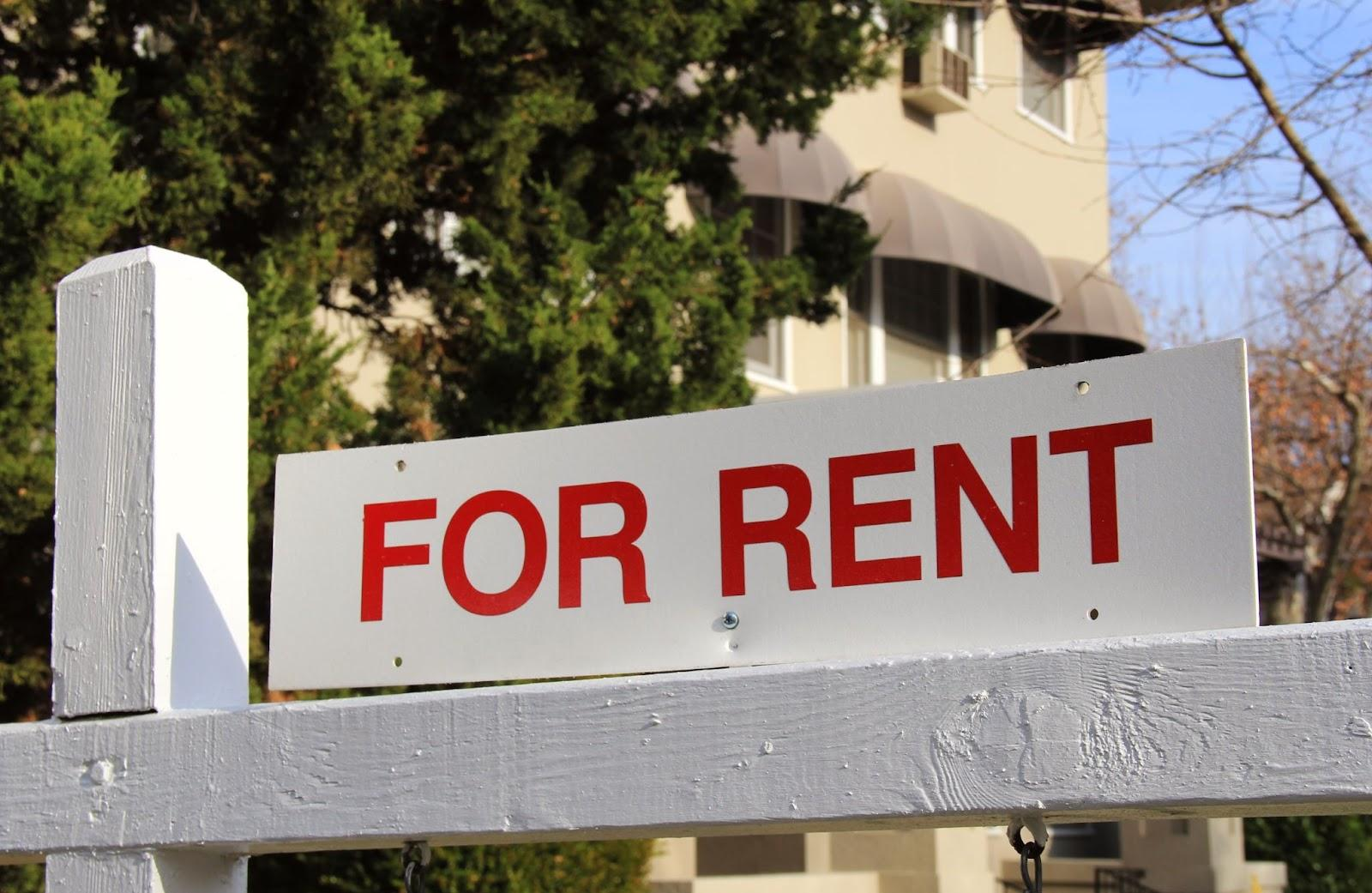When it comes to real estate investing, one factor consistently makes or breaks returns, and that is location. If a house is located poorly, rental demand will lag even if it has the best finishing, modern amenities, and competitive pricing. Most renters aren’t just looking for a place to live because they want convenience and access.
For investors, understanding rental demand is about aligning with what renters value in their daily lives. Choosing the right location can mean steady occupancy, reliable cash flow, and long-term appreciation. Continue reading below as to why smart investors treat location as the first step in measuring rental demand.
Definition of Rental Market Saturation
When there are more rental units available in a given location than there are renters to occupy them, the rental market becomes saturated. In short, supply exceeds demand. This means that even if a home is competitively priced and well-maintained, it may remain unoccupied because tenants have too many options.
Imagine a busy marketplace with multiple merchants selling the same goods. With so much competition, rental prices fall, tenants become pickier, and landlords often have to offer incentives merely to secure leases. This can squeeze profits and make it harder to maintain consistent cash flow. Landlords can keep vacancy rates low through proactive marketing and setting a fair rental fee.
Saturation does not happen overnight. It typically occurs when new developments flood a neighborhood or when population growth slows while construction is underway. As an investor, understanding whether a market is saturated is vital. It helps in deciding whether to buy, hold, or look elsewhere. At the end of the day, rental market saturation is a signal because it tells you whether you’re stepping into an opportunity or into a market where competition could eat into your returns.
Warning Signs an Area May Be Oversaturated
1. High Vacancy Rates
A continuously high vacancy rate is one of the most noticeable signs that an area may be oversaturated. When too many rental apartments remain unoccupied for extended periods of time, it typically indicates that there are more properties available than there are renters to occupy them. Consult with a property management team in Maryland that can provide insights about profitable rental rates in the area. For investors, this is an indication that supply isn’t keeping up with demand.
High vacancy rates can also trigger a ripple effect. In an effort to draw in renters, landlords may begin to cut rents or provide incentives like free months or reduced deposits. Renters may find that appealing, but property owners’ profits are negatively impacted. Over time, this can make it harder to achieve stable cash flow or long-term profitability.
Look closely at local vacancy patterns before making an investment. If it is difficult to lease units in an area, it may indicate that the market is oversaturated and may not yield the desired profits.
2. Frequent Rental Price Reductions
When rental prices continue to decline, it’s one of the most obvious indicators that an area may be oversaturated. Property owners can typically keep their prices steady in a thriving market or even boost them as demand increases. However, competition arises when too many units are vying for too few tenants. Landlords start cutting prices to attract renters, and those reductions often become more frequent.
If you notice that properties in a neighborhood are consistently lowering their advertised rents, it’s a signal that demand isn’t keeping up with supply. For an investor, this can mean longer vacancy periods and smaller profit margins. Even small, repeated price cuts add up over time and eat into returns. However, while occasional adjustments are normal, constant reductions suggest the market is struggling to absorb all the available rentals. Paying attention to these shifts helps you avoid buying into an area where competition is already pushing income potential down.
Property Manager’s Advice on Setting Competitive but Profitable Rental Rates

The most important thing to do to determine rental prices, according to a competent property manager, is striking a balance between being lucrative enough to pay bills and produce consistent returns while remaining competitive enough to draw in new renters fast. Understanding the local market is the first stage. Comparable properties in the vicinity should be examined in terms of size, features, and condition, in addition to pricing. If your unit is similar to others, pricing it too high can leave it sitting vacant, while pricing it too low leaves money on the table.
Positioning your rent just above underpriced listings and slightly below expensive ones is the best course of action. This preserves your bottom line while making your property stand out. A property manager will also stress about other factors such as flexibility, markets shift, and so should your pricing. In certain cases, providing little incentives such as a month’s worth of free parking can work better than reducing rent. The ultimate goal is steady occupancy at a pace that maintains satisfaction for both you and your tenants. Creating that balance is where long-term profitability lies.
Final Thought
The success of a rental comes down to understanding what drives demand, and location sits at the center of it. A great property in the wrong area can quickly become a burden, while a well-placed one almost sells itself. When you keep an eye on vacancy rates, rent reductions, and overall market trends, it helps you avoid oversaturated neighborhoods that eat into your returns. Now, pair that with smart pricing, and you’ll position yourself for steady occupancy and healthy cash flow. As an investor, that balance is what builds long-term profitability.

